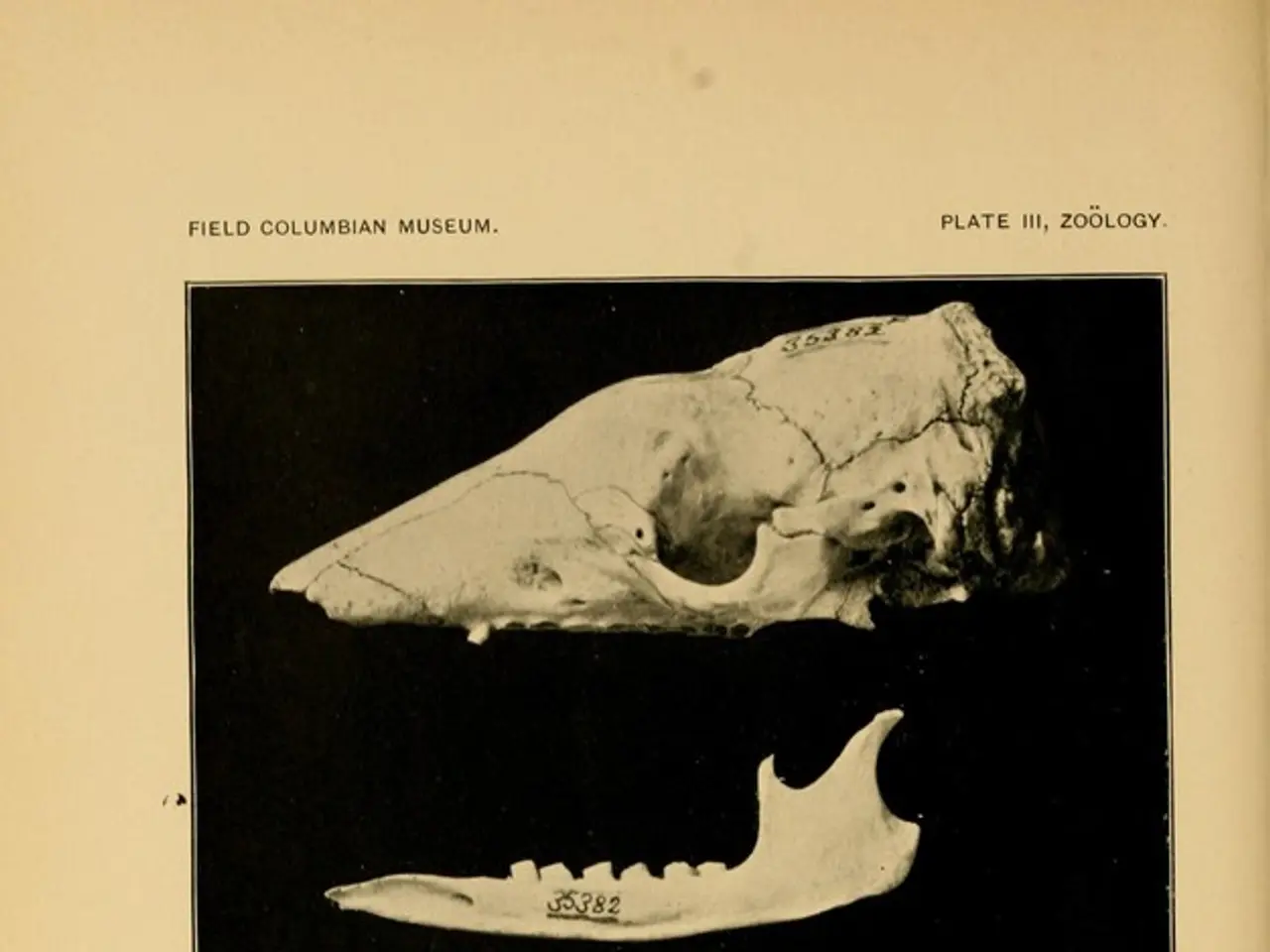Impact of Degenerative Joint Diseases on Muscle Function: Exploring the Link Between Arthritis and Neck Spasms
Managing Arthritis-Related Neck Spasms: Effective Strategies for Relief
Arthritis in the neck, or cervical spondylosis, is a common cause of neck spasms. These spasms occur due to joint stress, nerve irritation, or inflammation in the cervical spine. Early recognition of symptoms and prompt management can lead to quicker relief and reduce the risk of further complications.
Neck spasms arise from involuntary contractions of the neck muscles, often as a protective or reactive mechanism to nerve irritation and inflammation caused by arthritis. The degenerative changes in cervical arthritis, such as osteophytes (bone spurs) and disc dehydration, can compress or irritate cervical nerves, leading to pain and muscle spasms.
Effective strategies for managing symptoms include:
- Physical therapy and targeted exercises: Strengthening deep neck muscles, improving neck mobility via stretches, and training shoulder/upper back muscles can reduce strain on the neck and improve mechanics.
- Medications: Oral anti-inflammatory drugs and corticosteroids may be used short-term to reduce acute inflammation and pain related to nerve root irritation caused by arthritis.
- Pain relief techniques: Heat or ice therapy applied to affected muscles can alleviate spasms and discomfort.
- Injections: Epidural steroid injections in the cervical spine are options when radiculopathy (nerve pain radiating from the neck) is severe due to arthritis.
- Avoidance of aggravating positions: Avoiding postures or activities that increase neck strain or exacerbate nerve irritation helps control symptoms.
- General muscle care: Stretching, massaging spasmodic muscles, and addressing electrolyte balance or hydration can assist in managing muscle spasms.
In most cases, up to 90% of cases related to cervical radiculopathy and arthritis respond well to conservative approaches like physical therapy and exercise, reserving invasive treatments for refractory or severe cases.
Neck spasms caused by arthritis can last from a few minutes to several hours, and recovery can be aided with appropriate rest and treatments like physical therapy. However, ignoring arthritis-related spasms can contribute to persistent muscle tightness, loss of mobility, and ongoing nerve irritation.
When joints become inflamed, surrounding muscles often contract to limit motion and protect the area, which can lead to habitual muscle tightness and reduced mobility. Gentle, low-impact movement is often safe and beneficial during a flare-up of arthritis symptoms.
Arthritis-related neck spasms are often characterized by tightness and discomfort in the neck, along with limited range of motion. Medications such as NSAIDs, muscle relaxants, and corticosteroids are often used to manage arthritis-related neck spasms.
Frequent or severe spasms may reflect advancing joint damage or nerve involvement. Poor posture can worsen neck spasms in someone with arthritis. If symptoms persist or interfere with daily life, consulting a healthcare provider is essential.
[1] Arthritis Research UK. (2021). Cervical spondylosis. [online] Available at: https://www.arthritisresearchuk.org/arthritis-information/conditions/cervical-spondylosis.aspx
[2] Mayo Clinic. (2021). Neck pain. [online] Available at: https://www.mayoclinic.org/diseases-conditions/neck-pain/symptoms-causes/syc-20355981
[3] Spine-health.com. (2021). Neck spasms. [online] Available at: https://www.spine-health.com/conditions/neck-pain/neck-spasms
[4] Johns Hopkins Medicine. (2021). Cervical spondylosis. [online] Available at: https://www.hopkinsmedicine.org/health/conditions-and-diseases/cervical-spondylosis
[5] National Institute of Neurological Disorders and Stroke. (2021). Cervical spondylosis. [online] Available at: https://www.ninds.nih.gov/Disorders/All-Disorders/Cervical-Spondylosis-Information-Page
- Managing chronic-diseases like diabetes, mental-health conditions, and chronic-conditions such as arthritis often requires a combination of medication, health-and-wellness practices, and science-based therapies.
- Nutrition, skin-care, and fitness-and-exercise play a crucial role in maintaining overall health and preventing the onset or worsening of chronic-diseases.
- In some cases, sports-betting may exacerbate stress levels, affecting mental-health and overall wellbeing, so it's essential to approach such activities responsibly.
- Therapy, whether physical, mental, or emotional, can help alleviate symptoms and improve the quality of life for those dealing with various medical-conditions, including chronic-diseases and sports-related injuries.
- An appropriate balance of medication, therapy, and medical-care is essential in managing the symptoms of cancer, chronic-diseases, and other health threats.
- NSAIDs, similar to those used in managing arthritis-related neck spasms, can be effective in treating inflammation related to various medical-conditions, such as sports injuries.
- Science continues to evolve, providing new treatments and insights into chronic-diseases and medical-conditions, enhancing our ability to live healthier, longer lives.
- Regular check-ups with healthcare providers and staying informed about the latest research in health-and-wellness are vital for effectively managing chronic-conditions, promoting fitness-and-exercise, and fostering overall wellbeing.




